A lot has happened in the world of Like a Dragon since the release of Yakuza 6: The Song of Life. A complete pivot to a wildly different genre, a brand new ensemble of characters, and even a spin-off series in the form of Judgment. It’s a great time to be a fan of the franchise – especially if you’re invested in former series protagonist, Kazuma Kiryu. Despite shifting focus to the boisterous Ichiban Kasuga in the seventh mainline entry, the Dragon of Dojima refuses to bow out gracefully.
That brings us to Like a Dragon Gaiden: The Man Who Erased His Name, a shorter and more condensed side story that follows Kiryu after the events of Yakuza 6 leading up to the upcoming eighth entry. No matter how you feel about Kiryu’s conclusion in Yakuza 6, there’s no denying that The Man Who Erased His Name is a risky undertaking given the legacy of the character. While it doesn’t quite reach the crime drama heights of other recent entries, Gaiden offers an intimate and emotionally resonant exploration of Kiryu that delivers where it counts the most.
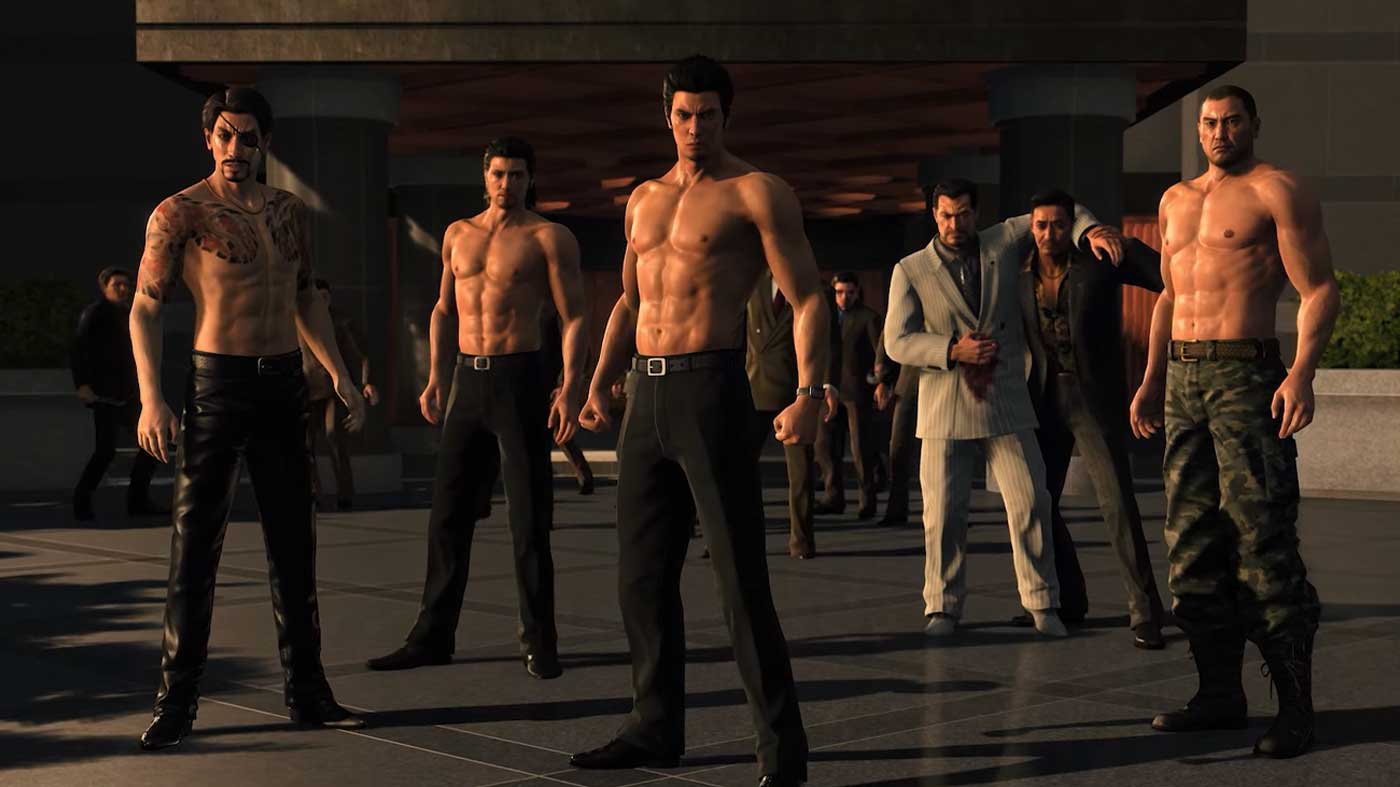
After faking his own death and abandoning his name to protect his family, Kazuma Kiryu is now working for the enigmatic Daidoji Faction. Under the codename of Joryu, Kiryu is undertaking top-secret missions for the Daidoji as one of their own agents. After a mission goes awry, Joryu is locked in conflict with a mystery figure trying to drive him out of hiding.
While this is a great setup, especially given Kiryu’s situation, it’s hard to properly buy into the stakes of it all if you’ve already played Yakuza 7. A majority of the tension relating to the broad strokes of the narrative here rests on events and plans that we’ve already seen transpire. New characters do a bit to keep things feeling unpredictable for the main story’s 8-10 hour runtime, but there were scant few moments where revelations truly surprised me in comparison to prior titles.
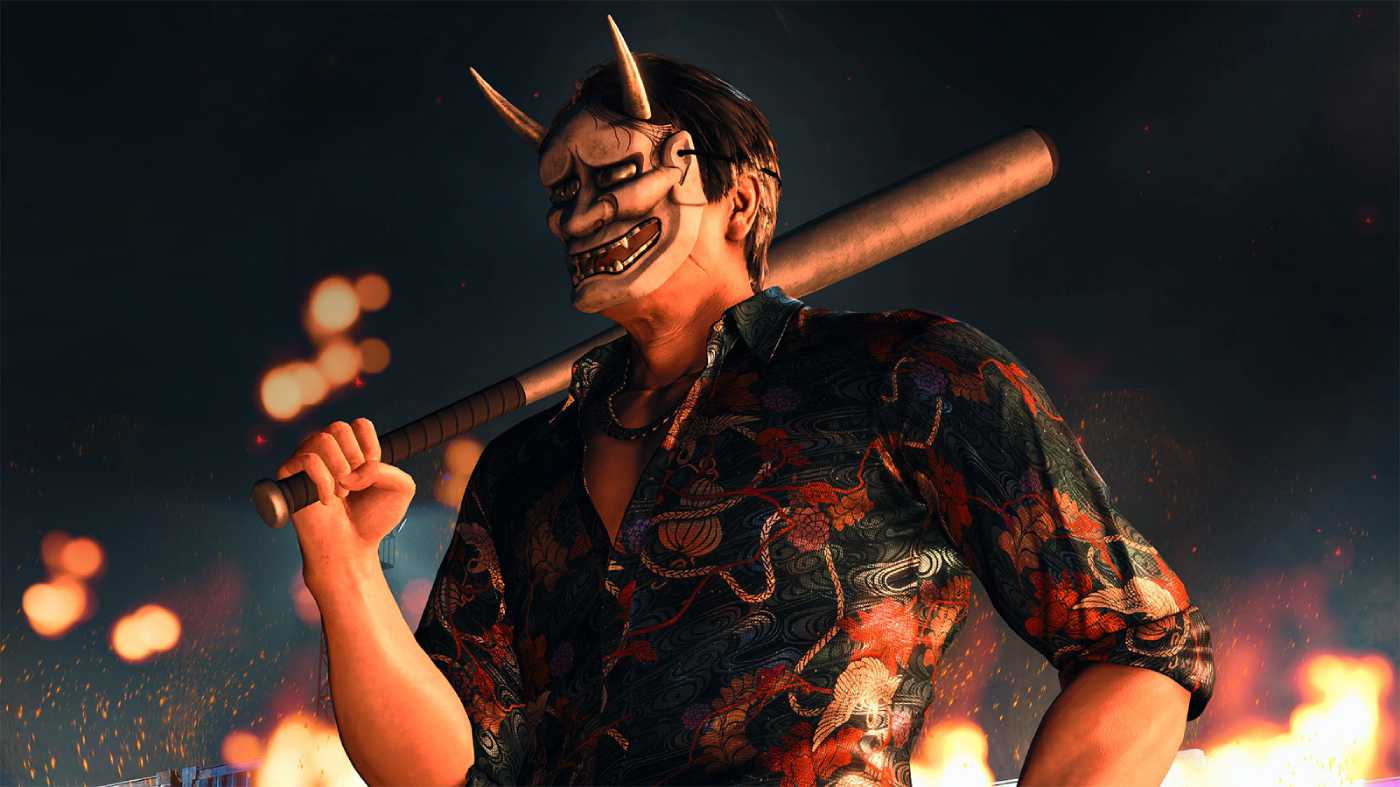
Where The Man Who Erased His Name unequivocally succeeds, though, is in its exploration of Kiryu. A shorter narrative, smaller cast of characters, and restrained scope give way to deeper insight into Kiryu’s state of mind, his unwavering stance against killing no matter the situation and the lengths that he goes to so that he can keep those closest to him safe. It culminates in one of the franchise’s most emotionally powerful cutscenes that hammers home the series’ core themes of family and sacrifice.
The supporting characters here also bring quite a lot to the table. Kihei Hanawa serves as Joryu’s handler in the Daidoji, constantly straddling the line between partners and friends in his relationship with Joryu while also knowing his secret identity. The new captain and acting patriarch of the Watase Family, Yuki Tsuruno, is another hardboiled Yakuza member whose abrasive exterior occasionally gives way to glimpses of someone who values his fellow Yakuza members above all else. A brand new info broker in Sotenbori known as Akame is another particular highlight, her easygoing yet self-sufficient nature bounces off of Joryu’s stoicism in entertaining fashion.

While Yakuza 7: Like a Dragon has adopted a turn-based RPG framework for the mainline series, The Man Who Erased His Name proudly returns to the beat em’ up roots of the original series that has since been adopted by the Judgment games. Much like the Takayuki Yagami of the aforementioned duology, Kiryu has two unique fighting styles to employ in combat. The first is Agent Style, focusing on fast and frequent light blows in combination with gadgets to keep large groups of enemies at bay. The second is Kiryu’s signature Yakuza Style, the hard-hitting single target approach that he’s known for.
While Yakuza Style is exactly what you expect it to be, Agent Style brings some fun new ideas to the table that make it a blast to use against hordes of enemies. From using the Serpent Boots to rocket your way around an arena, to tossing an explosive Firefly cigarette into an unsuspecting group of goons, there’s a lot of wacky fun to be had with these tools in punch-outs. My favourite is the Spider gadget, which lets you unleash spools of wire to grab enemies and yank them across the battlefield in glorious fashion.
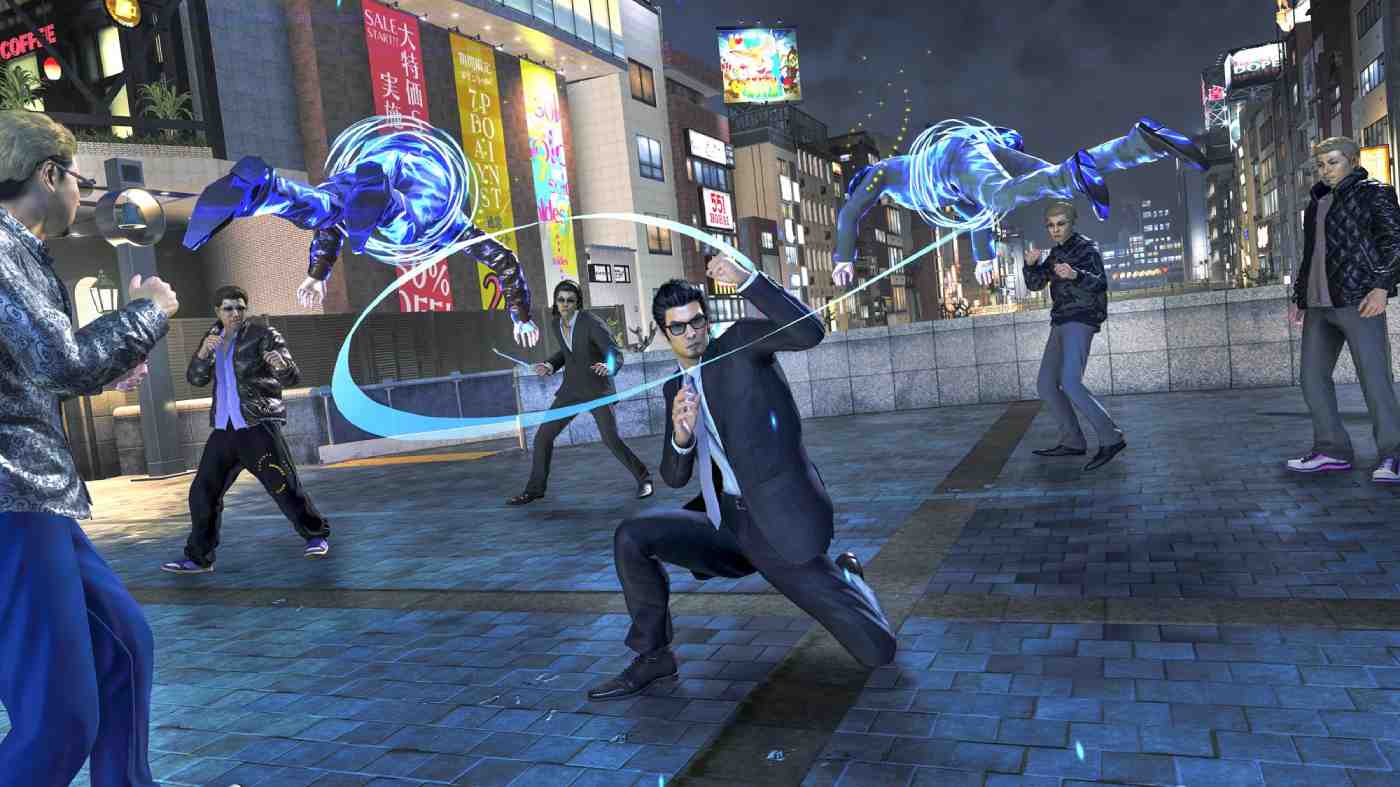
It’s when you combine these styles that combat is at its most satisfying. Pulling someone in for a juggle with the Spider gadget and swapping to Yakuza Style for a proper beatdown while they’re still airborne never gets old. The ways gadgets can be upgraded to improve their efficiency or functionality gives them widespread application in many situations past their initial uses, such as being able to toss out more explosive cigarettes or pull in environmental objects from a distance to be used as weapons.
The Man Who Erased His Name simply wouldn’t be a Like a Dragon game without the implementation of Heat. It’s here with all the trimmings, from expending Heat with visceral and high damaging attacks to entering the high octane Extreme Heat Mode so you can unleash all manner of carnage onto your adversaries. It’s as rewarding and gratifying as it always has been. A nice touch is the inclusion Lost Judgment’s Mortal Reversal in the form of Ultimate Counters, allowing you to make a last second dodge for big damage if timed properly.
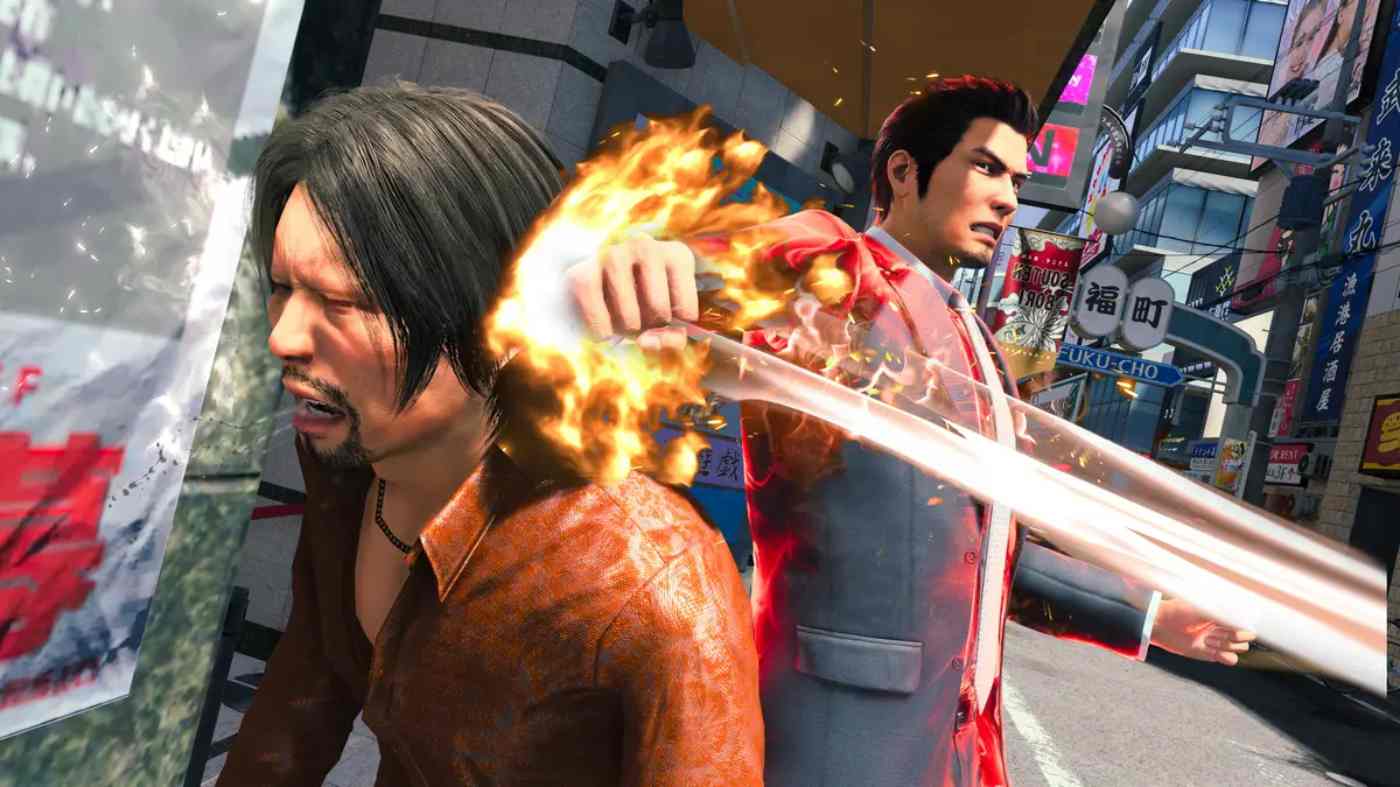
The Man Who Erased His Name’s core setting of Sotenbori feels quite safe given its prominence in recent entries, but its downplayed scale lends to the story’s more condensed nature quite nicely. It’s also packed with stuff to do, with mainstays like karaoke and arcades making their return alongside some returning gems like Pocket Circuit from Yakuza 0, and the cabaret club complete with live-action hostesses this time around. There’s also an all-new Boutique where you can customize Kiryu’s outfit to your heart’s content.
The Castle is an entirely new area to the series, propositioned as a scandalous adult theme park on an ominous container ship lurking in Osaka Bay. While quite small in total area, you can partake in gambling and engage in numerous activities within the Coliseum. There’s a couple of different modes to play around with here, from one-on-one skirmishes to more large scale conflicts where teams go head-to-head for glory. Hell Team Rumble even lets you organise and train your very own team to bring into the arena, with members that serve as fun nods to prior characters.
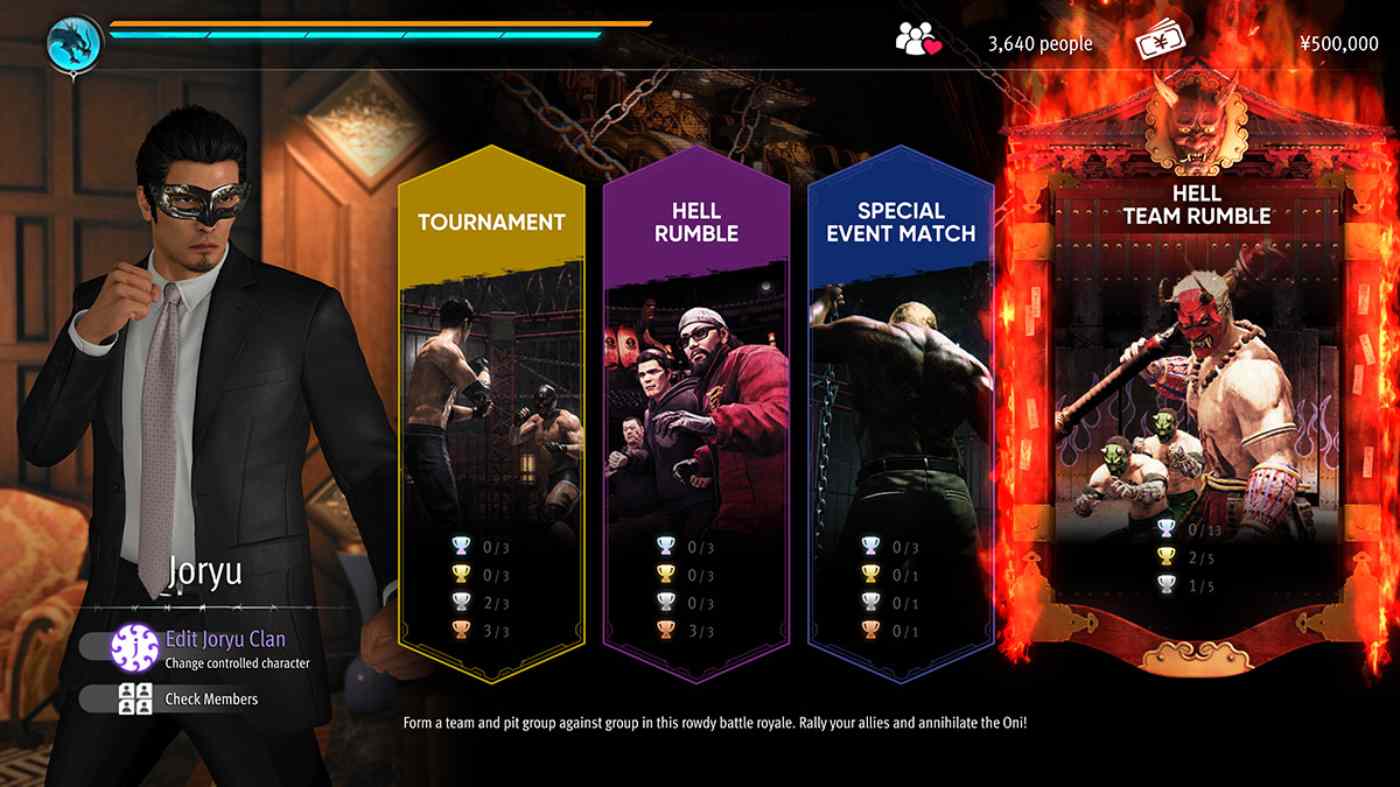
The other large chunk of side content comes in the form of the Akame Network. The Akame Network is a support system that Akame has setup for Sotenbori locals. As you walk the streets, you’ll come across people in need of help. Completing these short and sweet requests nets you cash and Akame Points, further expanding the network and allowing you to unlock new skills. These points can also be spent on gear, items, and cosmetics at the Akame Shop, so it always feels worthwhile to engage with these small errands as you run into them.
The Akame Network also has requests to be completed, which effectively serve as this entry’s version of Substories. While I’ve only completed a handful of the many available, each one employs the absurd side of this franchise’s tonal dissonance in excellent fashion. Better yet, they often call back to events and characters in prior entries. It would be a shame to spoil them here, but one early example was a Substory revolving around some Ryuji Goda lookalikes causing problems throughout Sotenbori, who are revealed to be part of a larger plan to bring back the Go-Ryu Clan which is swiftly shutdown by Joryu.
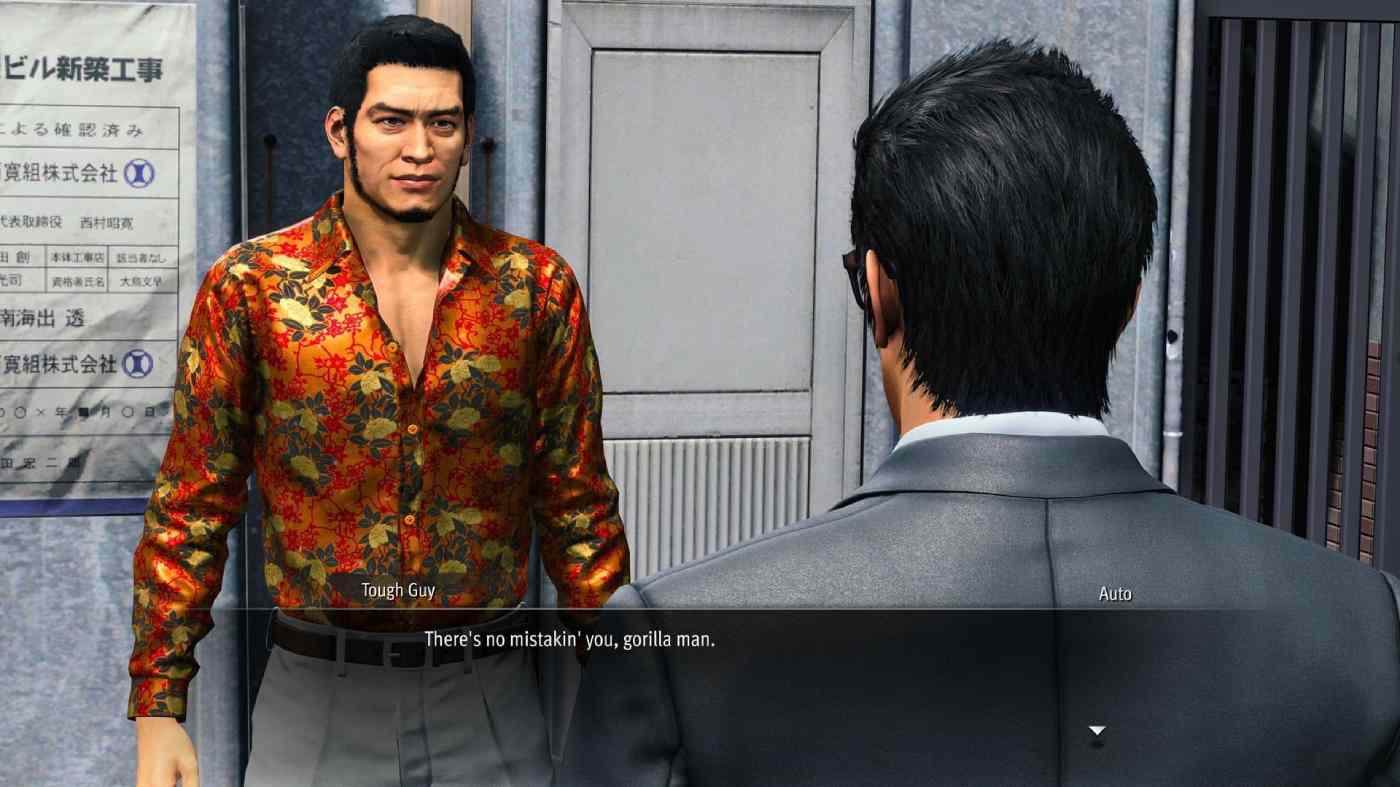
If this all sounds like a pretty safe and by the numbers Like a Dragon offering, that’s because it absolutely is. The Man Who Erased His Name feels tailor made for series veterans – especially those who’ve seen Kiryu’s journey through to where it is today. It feels decidedly old-school in its restrained approach to open-world design, and while I don’t think it’s necessarily a bad thing, it would’ve been nice to see some more drastic changes for what is potentially Kiryu’s last solo outing.
The Dragon Engine continues to be a powerhouse in graphical fidelity and detail. The standard set in Yakuza 6 has been improved upon in every subsequent entry, and The Man Who Erased His Name is no stranger to that rule. The sheer detail in facial expressions are some of the best in the industry, and the virtual tourism brought about by such incredible attention to detail in recreating these locations is a constant joy. The Castle is also incredibly well-realised, brought to life by dazzling neon lights and excessively luxurious architecture.
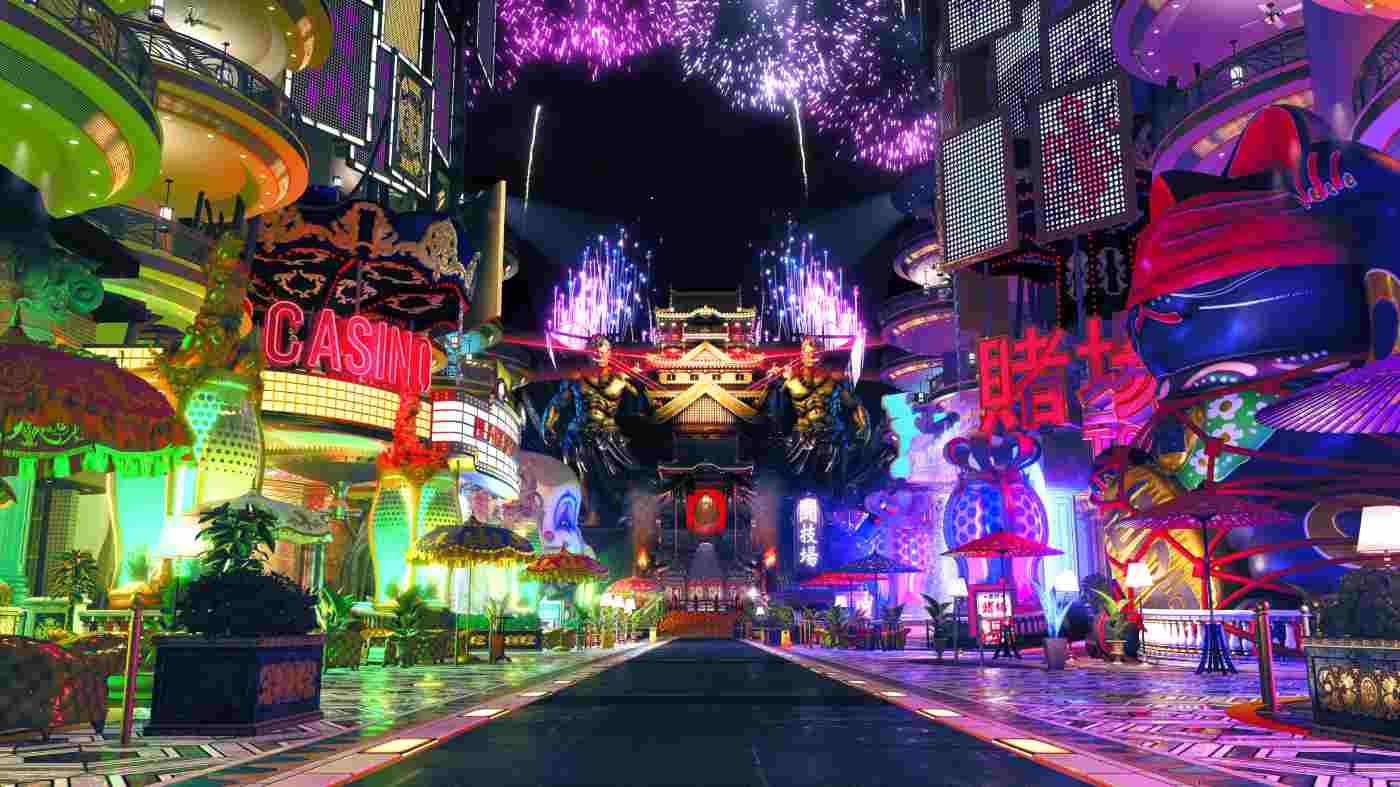
The presentation is held together remarkably well by steady performance and a level of technical polish that every entry in this series exudes. That’s no small feat when you consider how crazy some of the fights get, especially in the Coliseum battles where things can get really out of hand. A special shoutout should also go to every member of the cast, who bring each character to life in a convincing manner. Takaya Kuroda in particular really delivers on an emotionally tormented Kiryu this time around, and does a lot of the heavy lifting in the game’s more poignant moments.




